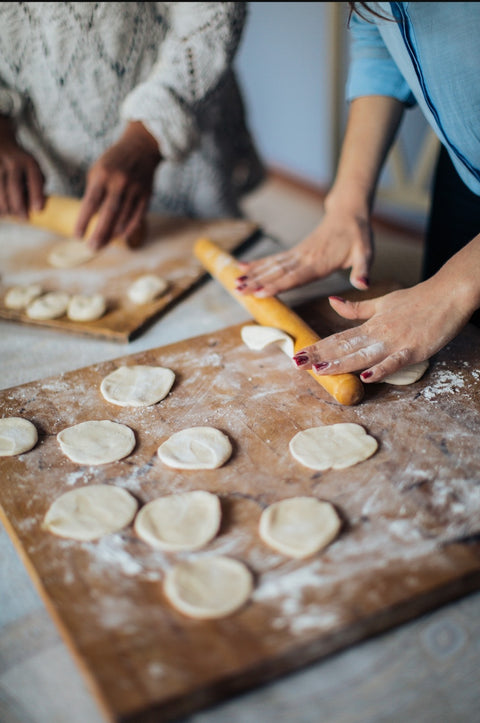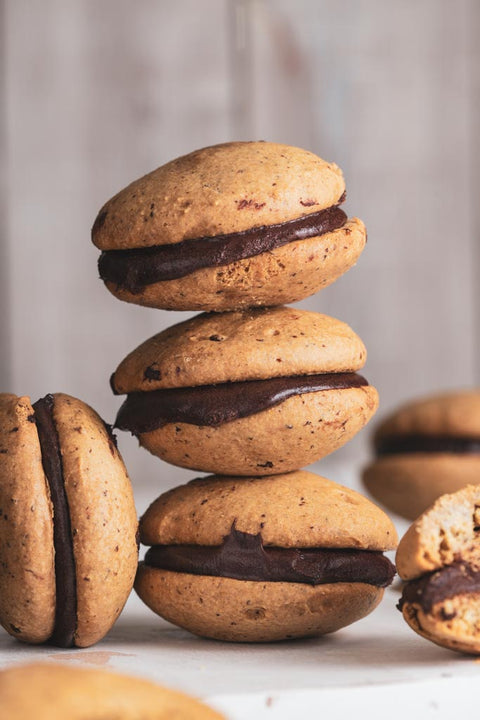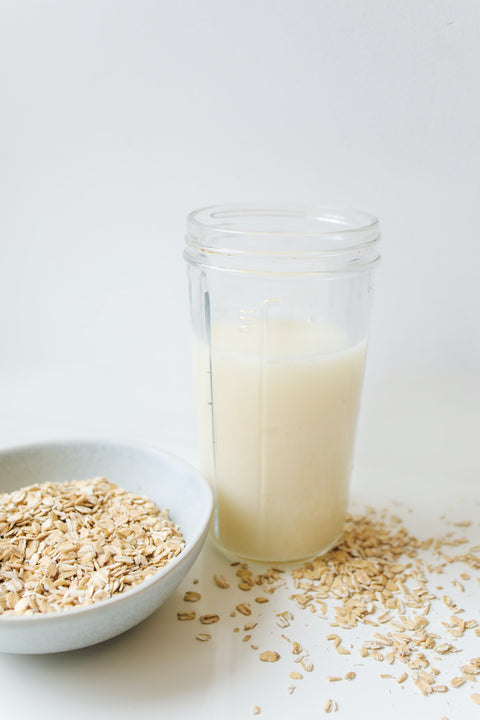Introduction
Vegan and gluten-free baking has been on the rise in recent years as more people embrace these dietary preferences for health, environmental, or ethical reasons. However, baking without traditional leavening agents like eggs and gluten can be a bit of a challenge. This is where baking soda and baking powder come into play. These two seemingly similar white powders play critical roles in achieving the perfect texture and rise in your baked goods. In this blog post, we'll explore the differences between baking soda and baking powder and why understanding these distinctions is crucial for successful vegan and gluten-free baking.
The Basics: Baking Soda and Baking Powder
Before diving into the differences, let's get to know our two leavening agents a bit better:
-
Baking Soda (Sodium Bicarbonate):
- Baking soda is a pure chemical compound, known as sodium bicarbonate.
- It is an alkaline substance and requires an acid to activate its leavening properties.
- When combined with an acid (such as vinegar, lemon juice, or yogurt), it produces carbon dioxide gas, which causes the batter or dough to rise.
-
Baking Powder:
- Baking powder is a mixture of an acid (usually cream of tartar) and a base (typically baking soda) with a starch to keep them from reacting prematurely.
- There are two types of baking powder: single-acting and double-acting. Double-acting baking powder releases gas in two stages – once when mixed with wet ingredients and again when exposed to heat.
Why Knowing the Difference Matters
Now, you might be wondering, "Why is it so important to distinguish between these two leavening agents?" The answer lies in the chemistry of baking and the specific needs of vegan and gluten-free baking:
-
Balancing Acidity: In vegan baking, where traditional acidic ingredients like buttermilk or eggs are absent, knowing when to use baking soda (with an added acid) or baking powder becomes crucial. Using the wrong one can lead to an undesirable taste or texture in your baked goods.
-
Texture and Rise: Gluten-free baking often requires a bit of finesse to achieve the desired rise and texture. Baking soda's reaction with an acid can help achieve that necessary lift, while baking powder provides an extra boost when the batter or dough is exposed to heat.
-
Avoiding Bitterness: Using too much baking soda without sufficient acid can result in a bitter taste in your baked goods. Understanding the correct proportions is essential for maintaining flavor.
Tips for Vegan and Gluten-Free Baking
Now that you know the difference between baking soda and baking powder, here are some tips to help you excel in vegan and gluten-free baking:
-
Recipe Adaptation: When converting traditional recipes to vegan and gluten-free versions, pay close attention to leavening agents. Adjust them based on the specific requirements of your recipe.
-
Experiment with Acids: Get creative with acidic ingredients like plant-based yogurt, apple cider vinegar, or citrus juices to activate baking soda in your recipes.
-
Test and Adjust: Baking is often about trial and error. Don't be discouraged by occasional mishaps. Keep experimenting and adjusting your recipes until you achieve the perfect results.
Conclusion
Baking soda and baking powder may appear to be interchangeable, but they play distinct roles in vegan and gluten-free baking. Mastering the art of using these leavening agents is a crucial step in creating delightful, airy, and flavorful baked goods that cater to specific dietary needs. So, next time you embark on your vegan and gluten-free baking adventure, remember that the difference between these two white powders can make all the difference on your dessert plate. Happy baking!



